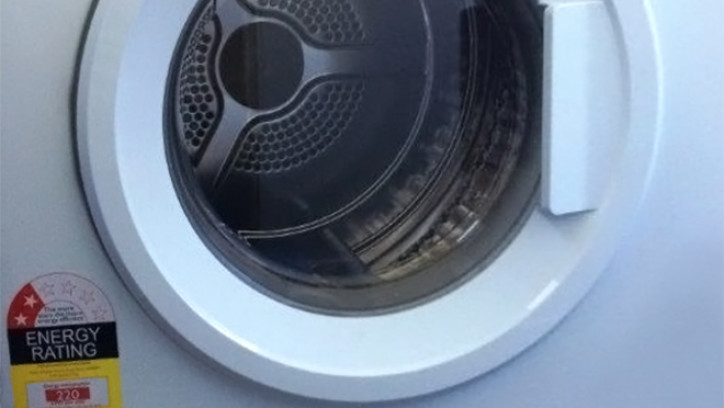Washing machines and clothes dryers
Last updated: 9 August 2023

If replacing a washing machine or clothes dryer, newer models should be more energy efficient and easier on the environment.
Choosing a washing machine
If you're choosing a washing machine, look for a model with these things:
- the right size or capacity for your needs – if you choose a machine that's too big, you'll be tempted to run it when it's not full
- energy efficiency – learn about energy rating labels on the Gen Less website
- water efficiency – an inefficient machine might use up to 100 litres more water per load than an efficient one with the same capacity. The more water it uses the more water needs to be heated up on warm wash cycles. A water efficient washing machine is therefore also more energy efficient. Since 2010, appliances have been labelled with a star rating for water efficiency. You can search for water-efficient washing machines on the Australian Government's Water Rating website
- cold wash cycle – a lot of energy is used to heat water
- auto load sensing or load size selection – so you're not using more water and energy than you need
- fast spin speed – so clothes need less time to dry (but be aware that some fabrics are unsuitable for fast-spin)
- economy cycle.
Front-loading washing machines are generally more water and energy-efficient than top-loaders. They are also gentler on clothes and use less detergent, and they save space as they can be installed under a bench. They usually have a higher spin speed so clothes come out drier. Some only have a cold water connection.
Tips on clothes washing and energy efficiency
To save water, energy and detergent:
- wash full loads rather than several smaller loads
- follow the instructions on the detergent package – if there are lots of suds in the waste water you are using too much
- use the machine's economy cycle
- use cold water whenever possible – most of the energy used in washing clothes is for heating the water, and with modern cold-water detergents a hot wash isn't usually necessary
- use concentrated detergent – it costs less per wash. But there are also a number of benefits to the environment. Smaller bottles use less plastic which means less packaging to recycle or dispose of. Manufacturers use less water in product formulation and smaller containers mean less fuel is needed to ship these products to retailers.
Choosing a clothes dryer
Take care choosing a clothes dryer as they are inefficient users of energy, many receiving only one to two stars on the joint Australia–New Zealand energy rating scheme.
It may be worth considering whether you need a clothes dryer at all. You could instead use a clothes line, saving the dryer purchase cost and ongoing energy costs.
If you can locate your clothesline in a semi-covered area with good sun and ventilation, you might be able to dry clothes outside throughout the year. Don’t be tempted to dry clothes inside – it can cause condensation, mould and damp.
If you do buy a dryer, look for an energy-efficient model with an auto-sensing feature, a timer or both. These enable you to save energy by managing the length of drying and can also prevent over drying, which can damage your clothes.
Efficient appliance calculator
The efficient appliance calculator allows you to find out how the energy rating affects the amount of energy used for a large range of household appliances, and how much each appliance will cost per year to run.
Tips on clothes drying and energy efficiency
Drying clothes on an outside washing line or a drying rack costs nothing. Sunshine also kills bacteria.
If you have to use a dryer:
- spin your clothes well in the washing machine and fill your clothes dryer with a full load each time you use it – but don't overload it otherwise it won't dry properly
- always vent the dryer to the outside to remove moist air from the room – this keeps your home drier which can reduce mould, condensation and heating and maintenance costs
- avoid overloading or over-drying
- part-dry or thoroughly spin-dry the clothes first
- empty the lint filter after each load to reduce the risk of fire and to ensure the machine runs properly.